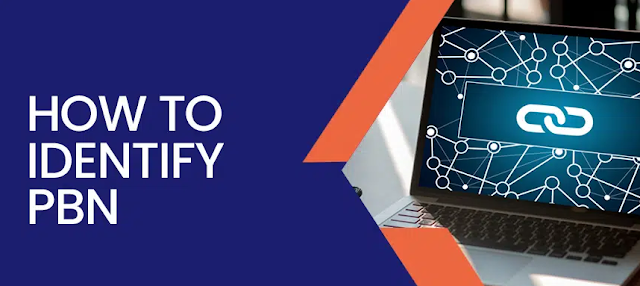Tips to Identify PBN While Guest Posting
Private Blog Networks (PBNs) have become a popular strategy in the world of SEO for boosting website rankings. However, finding reliable PBN sites can be a challenging task. This comprehensive guide provides 1000 tips to help you navigate the intricate landscape of PBNs and discover high-quality domains for your SEO endeavors.
Understanding PBNs:
Define Your Goals:
Clearly outline your SEO objectives before diving into PBNs. Understand whether you're aiming for link building, improving domain authority, or targeting specific keywords.Research PBN Basics:
Gain a solid understanding of what PBNs are, how they work, and the potential risks involved. This knowledge will guide your search for trustworthy sites.Stay Informed:
Regularly update yourself on the latest SEO trends and Google algorithm changes. This will help you adapt your PBN strategy and stay ahead of potential penalties.
Finding PBN Sites:
1. Use Dedicated Tools:
Employ specialized tools like Ahrefs, Majestic, or SEMrush to identify potential PBN sites. These tools can provide valuable insights into backlink profiles and domain authority.2. Analyze Backlink Profiles:
Examine the backlink profiles of potential PBN sites. Look for unnatural patterns, a high number of outbound links, and similarities among domains.3. Check Domain Metrics:
Focus on domains with high domain authority (DA) and page authority (PA). Tools like Moz and Open Site Explorer can help you evaluate these metrics.4. Look for Niche Relevance:
Prioritize PBN sites that are relevant to your niche. Relevance is a crucial factor for effective link building and SEO.5. Evaluate Content Quality:
Assess the quality of content on PBN sites. High-quality, original content is a sign of a reputable domain.6. Monitor Site Activity:
Ensure that the PBN site is regularly updated with fresh content. An active site is more likely to be considered trustworthy by search engines.7. Check Social Signals:
Examine social media signals for the PBN site. Genuine engagement on platforms like Facebook, Twitter, and LinkedIn can indicate legitimacy.8. Consider Site Design:
Professional and well-designed websites are more likely to be genuine. Avoid PBN sites with outdated or poorly constructed designs.9. Avoid Footprints:
Be cautious of PBNs that leave footprints, such as similar hosting providers, IP addresses, or registration details. Diversify your choices to minimize risk.10. Use Wayback Machine:
Analyze the history of potential PBN sites using the Wayback Machine. Check for any sudden changes or red flags in the site's past.11. Explore Expired Domains:
Look into expired domains with relevant backlinks. Reviving such domains can be an effective way to build your PBN.12. Networking in SEO Communities:
Engage with SEO forums and communities to seek recommendations for trustworthy PBN sites. Networking can provide valuable insights and tips.
Risk Mitigation:
1. Quality Over Quantity:
Prioritize quality PBN sites over quantity. A few high-quality backlinks are more beneficial than numerous links from questionable sources.2. Regular Audits:
Conduct regular audits of your PBN sites to ensure they continue to meet your standards and align with search engine guidelines.3. Diversify Anchor Texts:
Use diverse anchor texts to avoid patterns that may trigger search engine algorithms. This helps in maintaining a natural link profile.4. Stagger Link Building:
Gradually build links to your money site from your PBN. A gradual approach appears more organic and reduces the risk of penalties.5. Stay Informed on Google Guidelines:
Keep abreast of Google's guidelines regarding PBNs and adjust your strategy accordingly to stay within the bounds of ethical SEO practices.
Conclusion:
Finding reliable PBN sites requires a combination of research, analysis, and a keen understanding of SEO principles. By implementing these tips, you can enhance your ability to uncover high-quality domains for your PBN, ultimately contributing to the success of your SEO efforts. Remember, the key is to prioritize quality, relevance, and transparency in building your private blog network.










![Free Guest Posting Sites with Author Accounts 2024 [Verified]](https://blogger.googleusercontent.com/img/b/R29vZ2xl/AVvXsEi594UuJgk7ty2Rn6MOI6VspAHxPymd__3nY-g_Zma5vH5A5jqpljaPWullrPAqfj4yWOve6YyOu2qMP6N46QqK1VETPYZxOupZ5bkFfvPuiT7cfMUfLJuJ7DxHTZ8DvwRBv2Zc1dEoezJZup0_HNjUrGu6r3i4NXV58ahyphenhyphenfsjaSrDh0TSitKrejPqcNbM/w72-h72-p-k-no-nu/free-guest-post-sites-with-author-accounts.png)


